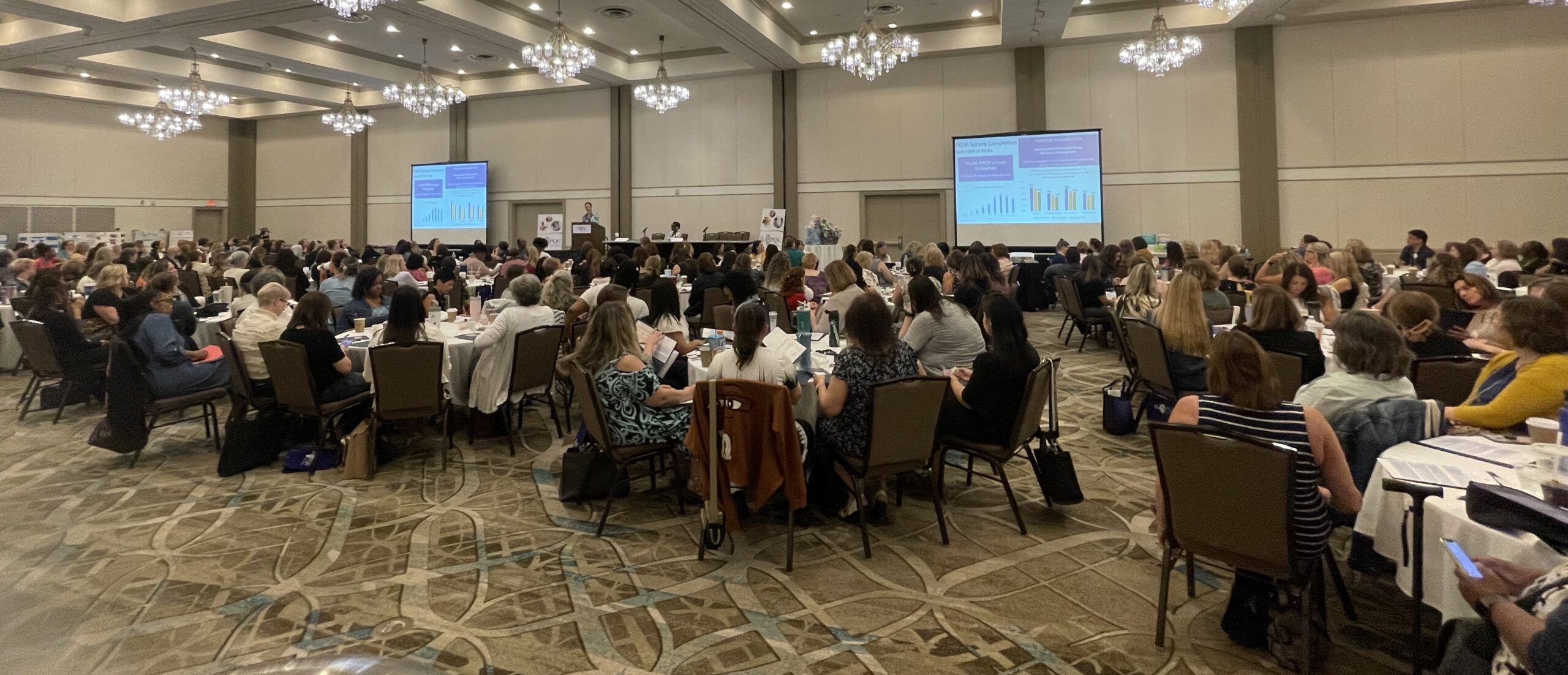Maternal Hypertension and Obstetric Hemorrhage Continuing Education
Continuing Education Requirement for Maternal Hypertension and Obstetric Hemorrhage
To reduce maternal morbidity and mortality and build on current quality improvement efforts, I PROMOTE-IL and ILPQC support hospital efforts to provide ongoing education for managing obstetric hemorrhage and maternal hypertension, as specified in Public Act 101 0390.
There are several ways for birthing facilities to fulfill this annual training requirement, including e-modules, simulations, or drills from AIM, ACOG and other leading national groups available on the ilpqc.org website.
Please complete this form annually for your hospital to report training occurring in the calendar year by the end of January annually thereafter. Hospitals should report the number of hospital staff and providers with admitting privileges who have met the obstetric hemorrhage and maternal hypertension training requirements.
This information will help hospitals track their training progress, identify areas for quality improvement initiatives, and will be used by I PROMOTE-IL and ILPQC to understand hospitals’ ability to complete the training requirement and identify opportunities to provide further support to hospitals towards our shared goal of improved maternal health across the state.
Statewide Maternal Hypertension & Obstetric Hemorrhage Initiatives
Maternal Hypertension &
Obstetric Hemorrhage
Resources
Obstetric Hemorrhage
Resources
AIM eModules
AIM is in the process of updating their video hosting platform for eModules and hopes to have them back online soon. Please reach out to info@ilpqc.org with any questions.
Resources for Maternal Hypertension Simulations
- ACOG DII (New York) Eclampsia Scenario
- ACOG Simulation Eclampsia Formative Evaluation (2005)
- CMQCC Kaiser Evaluation Form for Drills (2010)
Resources for Obstetric Hemorrhage Simulations
- Simulations & Drills (2015)
- Educational Tool #1: Guidelines Simulation Scenario Development (2015)
- Educational Tool #2 Sample Scenario #1: Drill for Uterine Atony (2015)
- Educational Tool #3: Sample Scenario #2: Drill for Hemorrhage and Pulseless Electrical Activity in the OR (2015)
- Educational Tool #4: Kaiser Evaluation for Drills; Debriefing Tool (2015)
